
13/12/07
Merry Christmas!
Finally the upthrust investigation happened.
The more of a wooden block that was immersed in water, the lower its weight seemed to be as measured by a Newton meter. An electronic balance beneath the beaker of water registered an increasing force at the same time as the force on the Newton meter was decreasing.
Upthrust gets bigger the larger the amount of object immersed in a fluid. A solid object pushes or "displaces" the liquid higher than it was before. The liquid therefore tries to fall back down, resulting in an upward force on the object.
Upthrust = Weight of displaced fluid
Take the amount of fluid which has been displaced and weigh it in Newtons and you have the size of the upthrust force.
An object can push a maximum of its own volume of fluid out the way. If it weighs more than an identical volume of water (i.e. it is more dense), the object will sink.
HW Finish graphs of change in force against distance and electronic balance reading against distance. Answer the questions from the sheet in your book. This may help you do the hot air balloon question.
No upthrust investigation - kit double booked. We did a test instead.
RM absent - you answered some questions on upthrust, probably.
Floating and sinking.
We tested various materials to see if they would float or sink. Some interesting things were seen. An iron pin can be made to float on water due to surface tension (not like ordinary upthrust floating). A boat shaped piece of plasticine will also float.
In fact steel, iron or aluminium boats float because the water displaced by the shape of the hull equals the weight of the metal hull and whatever is aboard. If you squeezed a baking pan into a cube of metal it would sink because it does not displace it own weight in the water. Left in the pans original shape, it would not only float but would float if a brick was added to the pan because the weight of the two objects would still be less than the maximum displacement of the pan.



An object floats in a fluid if it is less dense than the fluid.
You guys did density without me.
Density = Mass/Volume
It is a measure of how tightly the matter is packed into a substance. It is hard to find the volume of irregularly shaped objects by calculation. However, if they are immersed in water, they push exactly their own volume of water out of their way. This causes a rise in the water level, which can be measured if the water is held in a measuring cylinder, or if you catch water that overflows from a Eureka can. This man seems to be trying to measure his own volume. Once you have found out the volume of an object (regular or irregular) you simply measure its mass by placing it on an electronic balance.
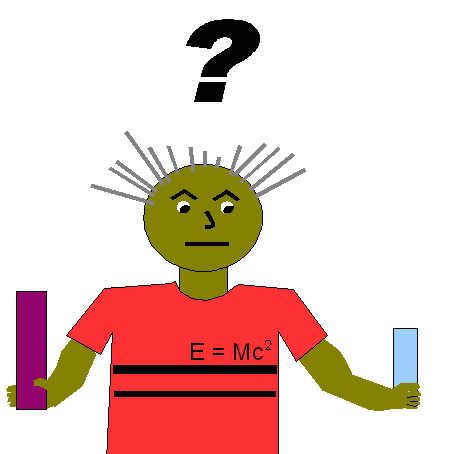
A larger object can have less mass, and so feel less heavy if it is less dense.
Lead was the densest substance we measured, with a density of about 11 g/cm3 or so, which is 11 times the density of water.
HW Find out information about one liquid which is more dense than water, one which is less dense than water and find out the density of water itself. Try to find out the importance of the density of a liquid in determining whther an object will float in it or not.
We looked at electrostatic forces. There are 2 types of charge, positive and negative. Negative charge is carried by electrons. Positive charge is carried by protons which live in the nucleus of atoms. Electrons whizz around the outside of atoms and are much lighter and more mobile.

Like charges repel, so the electrons have an electrostatic force on them trying to leave the dome of the Van der Graff. The force gets so large that eventually the air itself becomes a viable conducting medium by ionising (turning into charged particles). At this point, a spark is formed and jumps from the dome to the nearest earthed point.
A Van der Graff generator deposits charge (electrons) on a metal bell by friction (Electrons are literally "scraped" from a belt onto the bell. This means that there are more electrons in the metal bell than there are protons, and so it has an overall negative charge.
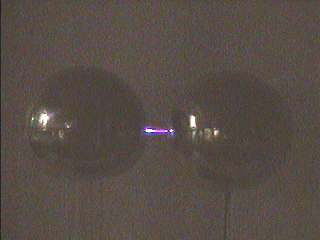
We looked at induced dipoles in electrostatics.
We charged a balloon by rubbing it with a furry cloth and found that we could stick it to the ceiling.

As the charged balloon is brought close to the ceiling, it causes electrons in the ceiling to move creating a small patch of the opposite charge near the balloon. Hence the balloon sticks even though the ceiling is neutral overall.
The test was sat.
We performed an experiment to see how the strength of magnets varies with distance.
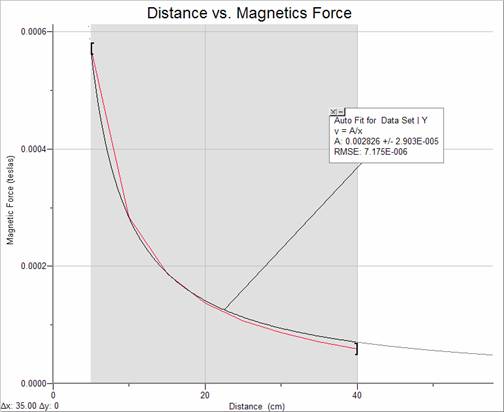
The force falls away quickly as magnets get further apart.
We started magnetism as a topic.
Magnetism was covered. We tested the shape of magnetic fields using plotting compasses.
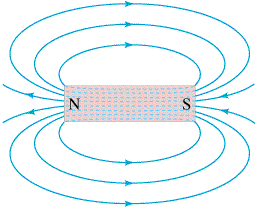
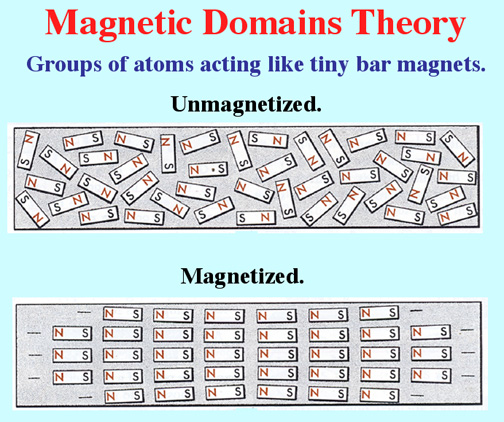
HW Revise for a test on all topics covered so far. Thusoth and Arthur have bits of catching up to do.
Centre of gravity.
The centre of mass (centre of gravity) of an irregularly shaped piece of card was found.
The centre of mass is the point at which the weight of an object appears to be acting through. (e.g. it will balance if held from this point. If you slice an object in 2 through it's centre of mass, there will be an equal mass both sides.

The centre of gravity needn't actually be inside the object.
HW Answer all 6 questions from the reverse side of the handout in full sentences with large, labelled diagrams for next week.
When an object is still, the up and down and side to side forces on it must balance out to zero. However, if 2 equal and opposite force do not act in the same place, they can produce a twisting effect, or turning force.
We looked at turning forces. This is all based around the idea of balancing seesaws. All the turning forces trying to make an object turn clockwise must be balanced by the forces trying to make it rotate anti-clockwise if it is in equilibrium.
The name for a turning force is a moment
Moment = Distance from pivot times Force

If the system is balanced, the anticlockwise turning effect of force F must equal the clockwise turning effect:
clockwise moment = anticlockwise moment
Clockwise moment = 5 N � 0�50 m = 2�50 Nm.
Anticlockwise moment = F � 0�25 m = 2�50 Nm
Force F = 2�50 Nm � 0�25 m = 10 N
In order to balance the 5 N force acting at 0�5 m from the pivot, we require 10 N acting in the opposite direction but at 0�25 m.
Many machines use the turning effect of forces to useful effect. A simple lever allows a small force exterted far from the pivot to balance a large force exerted nearer to the pivot.
HW Finish the set of questions on levers and answer Qs 31-35 from P41 and 42 of your text book.
We looked at a rota of various forces, which you recorded in your books.
Things to remember are: the contact force between 2 objects is often called a reaction force. The force that keeps objects afloat in water is called upthrust, more on this later. Mass is not the same as weight. 1kg of mass has a weight of 10N on Earth.
HW No, too many away - books are in.
Q: What do you call a pig with three eyes?
A: A Piiig
Books were issued and numbers were taken.
Safety sheets were handed out and this website was plugged.
Forces acting on an object can change its motion (speed it up, slow it down, change its direction) or change its shape (squish it or stretch it).
Balanced forces acting on an object have no overall effect on its motion. For an object that is sitting still, the forces on it must always be balanced.
We investigated frictional force. It takes a certain force to get a wooden block sliding across the surface of a desk. The force resisting motion is called friction. If weights are added to the block, the frictional force can become higher, so it takes more force to start it sliding across the desk. The frictional force is proportional to the weight of an object.
HW Finish experimental write up. Graph plotted and stuck in and all questions on the hand out sheet answered.